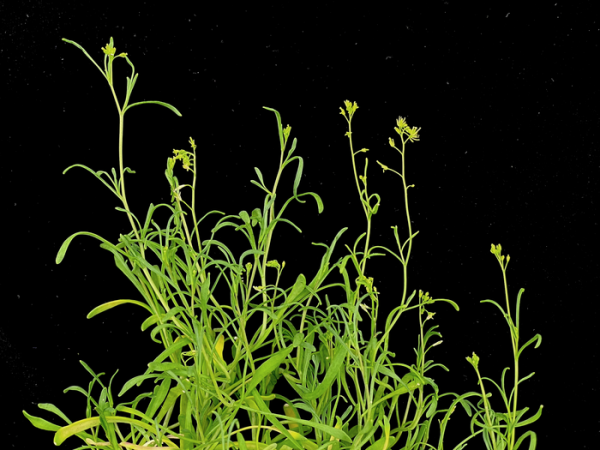When faced with conditions that are too dry, salty, or cold, most plants try to conserve resources. They send out fewer leaves and roots and close up their pores to hold in water. If circumstances don’t improve, they eventually die.
But some plants, known as extremophytes, have evolved to handle harsh environments. Schrenkiella parvula, a scraggly, branching member of the mustard family, doesn’t just survive in conditions that would kill most plants – it thrives in them. It grows along the shores of Lake Tuz in Turkey, where salt concentrations in the water can be six times higher than in the ocean. In a recent paper published in Nature Plants, researchers at Stanford University found that Schrenkiella parvula actually grows faster under these stressful conditions.
“Most plants produce a stress hormone that acts like a stop signal for growth,” said José Dinneny, an associate professor of biology at Stanford, who is senior author of the paper. “But in this extremophyte, it’s a green light. The plant accelerates its growth in response to this stress hormone.”
Read more at: Stanford University
Schrenkiella parvulais a plant that can grow – even thrive – in extremely salty conditions. Researchers in the Dinneny lab study this plant to understand this special adaptation and how they might be able to modify other plants to withstand similarly stressful environments. (Photo Credit: José Dinneny)


